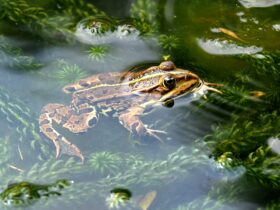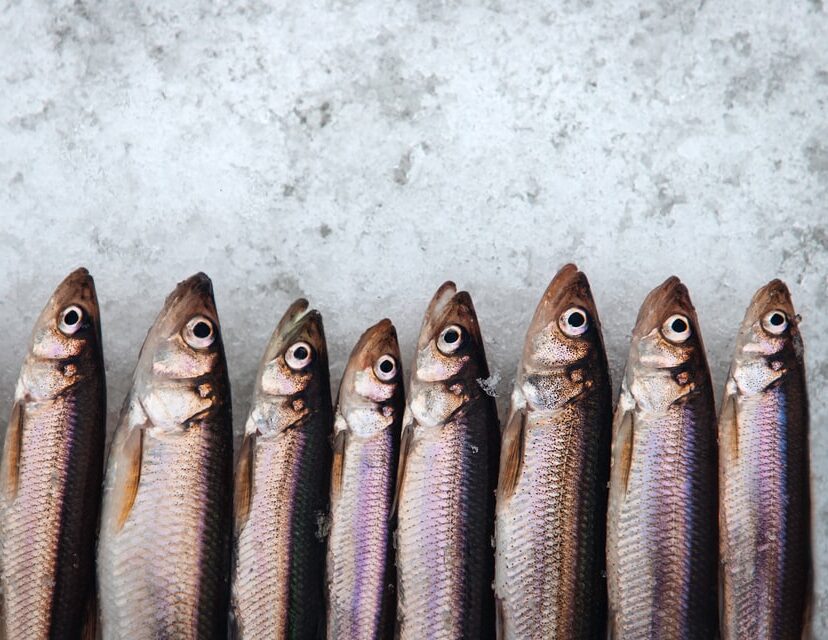Herrings and smelts, two groups of fish that make their ways to the northernmost parts of the Atlantic and Pacific, are pretty peculiar. Apparently, both fish have more in common than previously expected.
Surviving the cold ocean waters around the Arctic and Antarctica is a skill that marine life successfully adapted. It’s also a common thing of herrings and smelts, which also defies the rules of genetics. Why is this extraordinary? Let’s find out.
Same Gene, Different Fish
Both herrings and smelts can make some antifreezing proteins (AFPs) to survive the frigid ocean waters around the Arctic and Antarctica. But that’s not so surprising.
The thing is that both fish do that with the same AFP gene, which is genuinely intriguing. The reason is that their ancestors diverged more than 250 million years ago, and the gene is actually missing from all the other fish species related to them. So, how could we explain this?
According to a 2021 study, the gene became part of the smelt genome via a direct horizontal transfer from a herring. That doesn’t mean it was done through hybridization.
Previous research showed that smelt and herring couldn’t crossbreed. Scientists found that the herring gene ended up in the smelt genome outside the normal sexual channels.

How did it happen?
Back in 2019, a complete sequence for the herring genome emerged. Researchers succeeded in examining the sequences surrounding the AFP gene; some were identified as “transportable elements” (TEs), mobile chunks of DNA that can copy and paste themselves into a genome.
Laurie Graham, the lead author of the study, and a molecular biologist at Queen’s University, in Ontario, explains:
“If you were flying in a plane, and you look down at the coastline where they’re [fish] are spawning, the water is milky-white in colour because there’s so much sperm being released during the mating process.”
If the sperm fail to find eggs, it degrades, releasing their DNA. So, that could happen with herrings and smelts, too. In fact, how many times did we got a piece of DNA from the environment, and we didn’t even realize it? For fish, is a very peculiar thing.























Leave a Reply